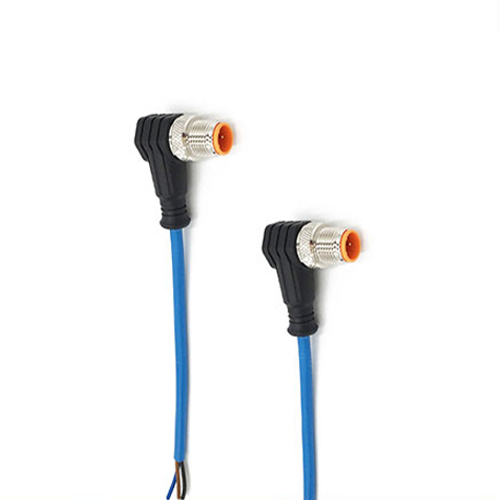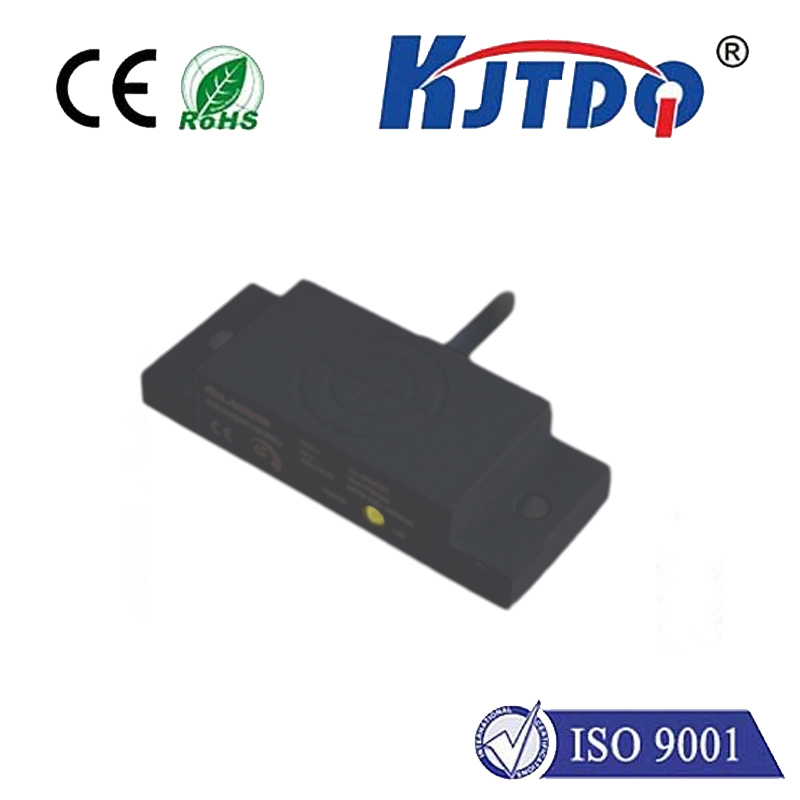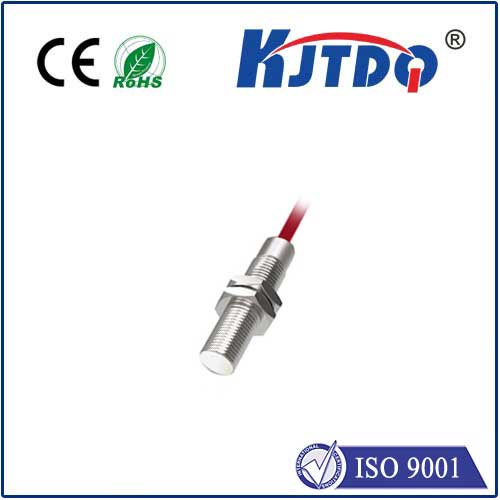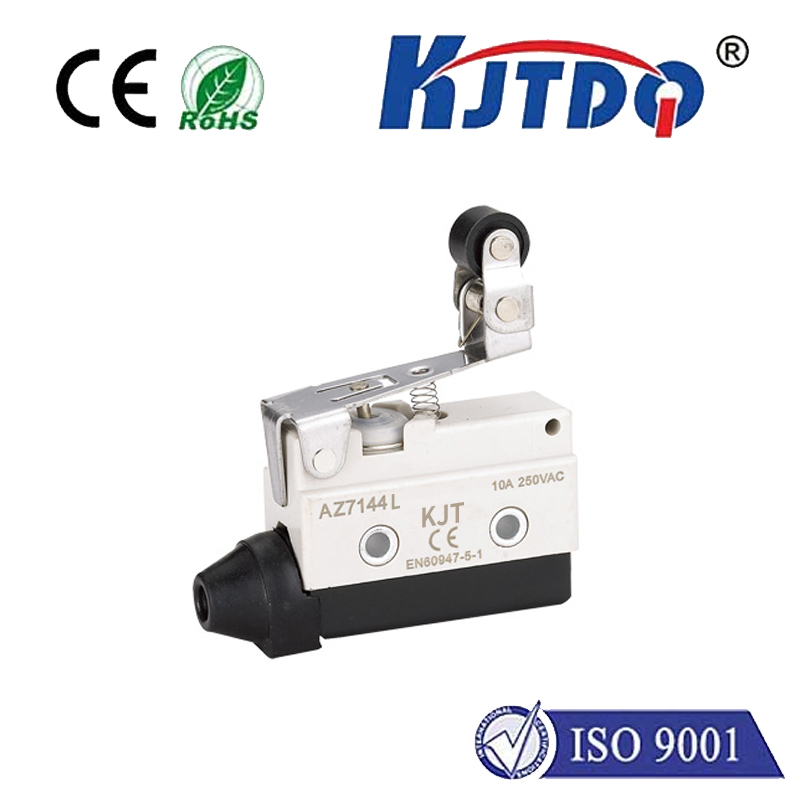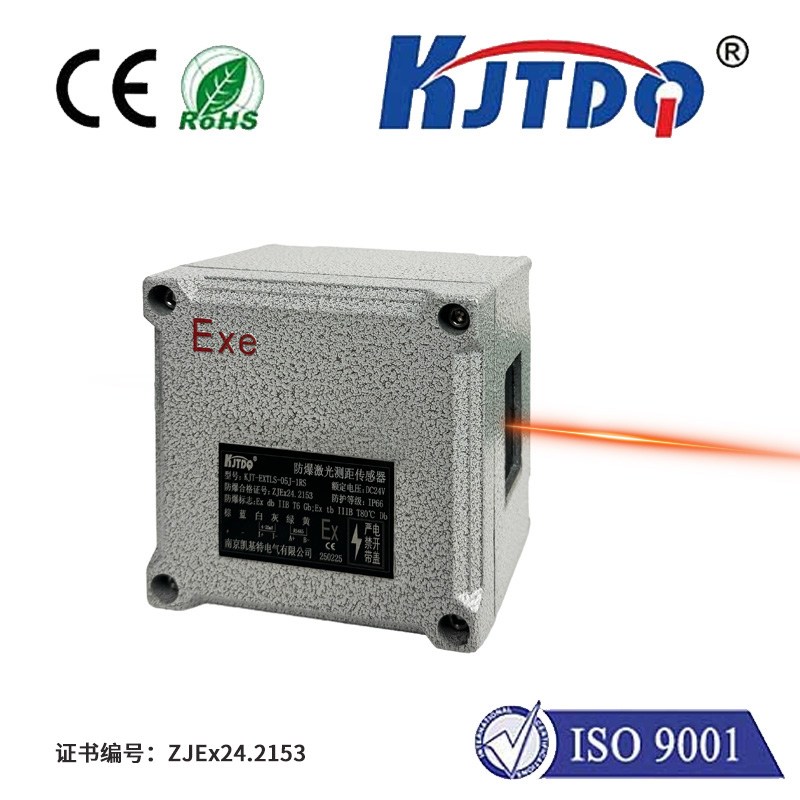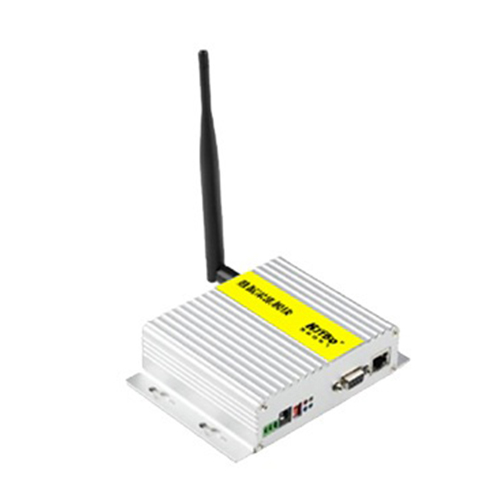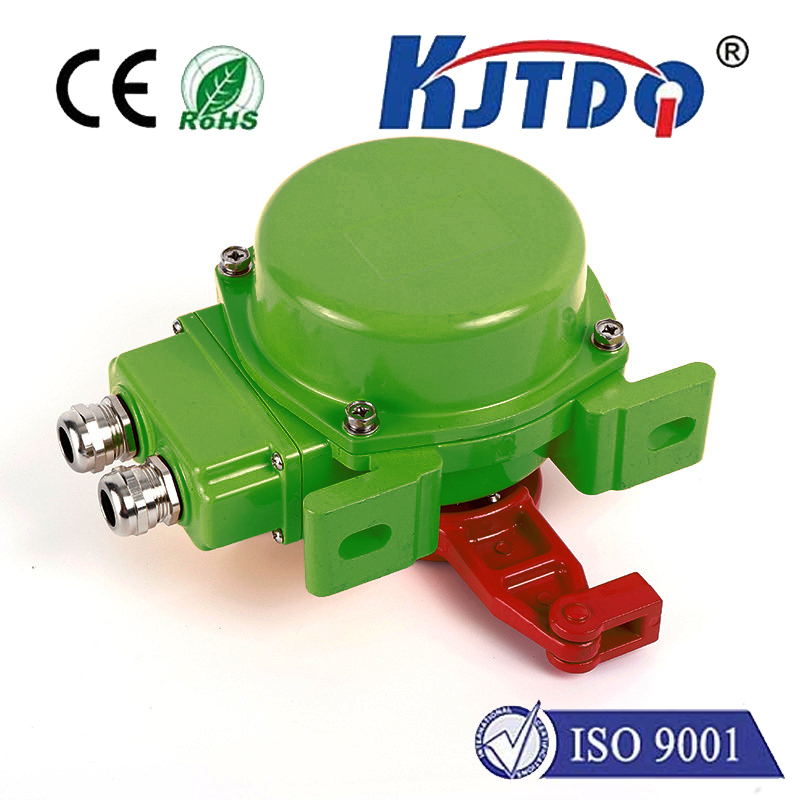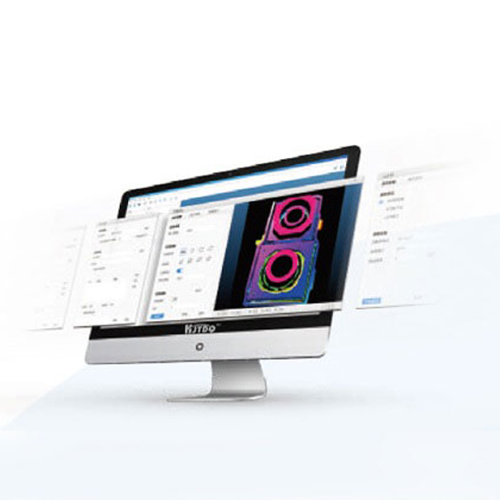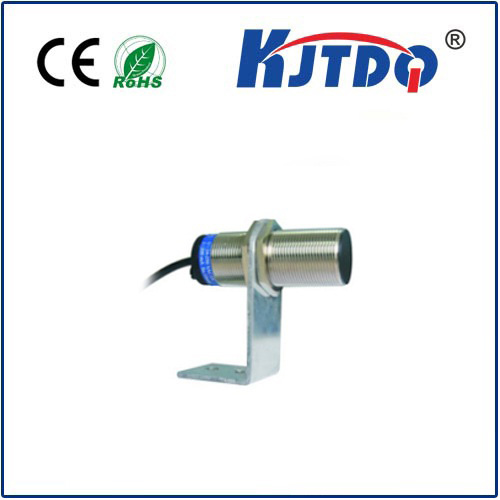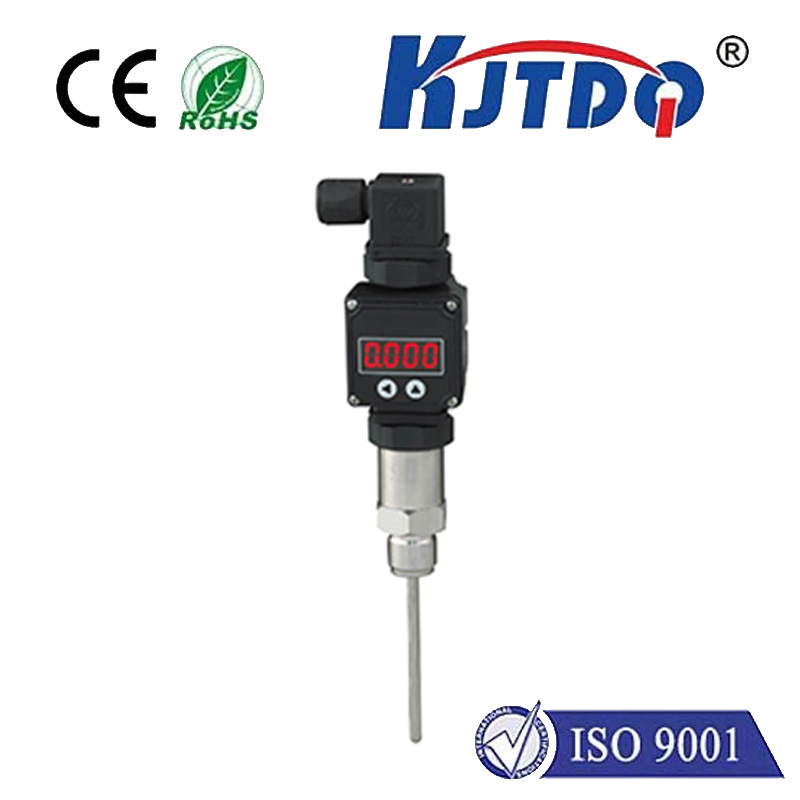

check

check

check

check

check

check

check

check

check

check
In today’s fast-paced industrial landscape, precision and reliability are non-negotiable. Enter the E3S-CL2 2M laser photoelectric sensor—a cutting-edge solution from Omron that redefines accuracy in long-range object detection. With industries increasingly demanding efficiency, this sensor bridges critical gaps in automation, packaging, and logistics systems. Its 2-meter sensing capability and laser-driven technology make it indispensable for applications where traditional sensors fall short.
How the E3S-CL2 Works At its core, the E3S-CL2 operates on a through-beam principle. It emits a focused infrared laser beam from the transmitter unit, which is captured by a receiver. When an object interrupts this beam, the sensor triggers an output signal. Unlike diffuse-reflective models, this design ensures minimal false readings even in challenging environments with dust, steam, or variable lighting. The coherent laser light provides exceptional target discrimination, allowing it to detect small or low-reflectivity objects like wires or transparent films with pinpoint accuracy across its full 2-meter range.

Key Features Driving Industrial Adoption
Real-World Applications The E3S-CL2 excels where long-range, error-free detection is critical:
Why Laser Sensors Outperform Alternatives Compared to ultrasonic or standard photoelectric sensors, the E3S-CL2’s laser technology offers distinct advantages. Ultrasonic variants struggle with noise interference and soft materials, while IR photoelectric sensors lack range and precision. The E3S-CL2’s focused beam delivers superior signal stability in environments with reflective surfaces or background clutter. Its extended sensing distance also reduces the number of units needed per line, lowering system complexity and maintenance.
Integration Best Practices To maximize performance:
Conclusion The E3S-CL2 2M laser photoelectric sensor stands as a game-changer for industrial automation. By combining long-range accuracy, environmental resilience, and low operational costs, it addresses evolving challenges in smart factories. As sectors like e-commerce logistics and electric vehicle manufacturing scale, innovations like this sensor will continue to drive the future of efficiency.
